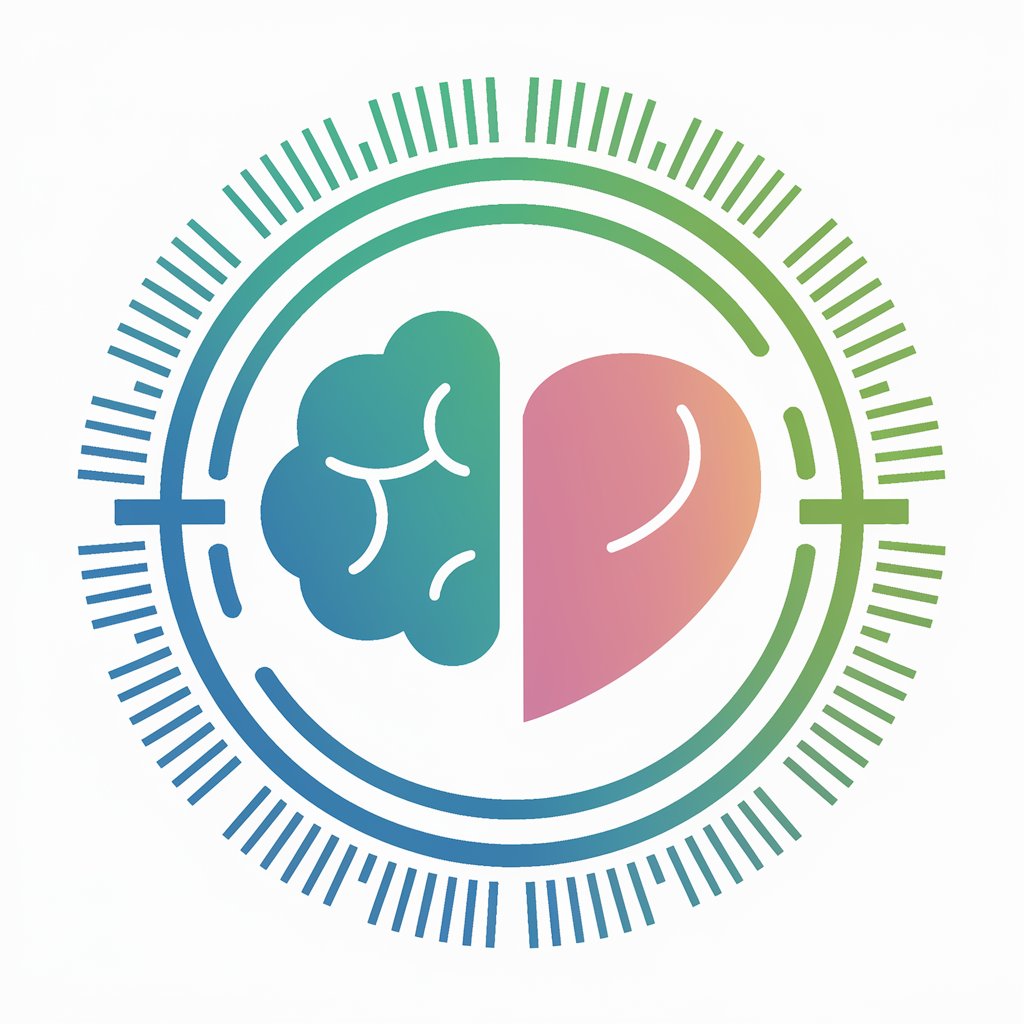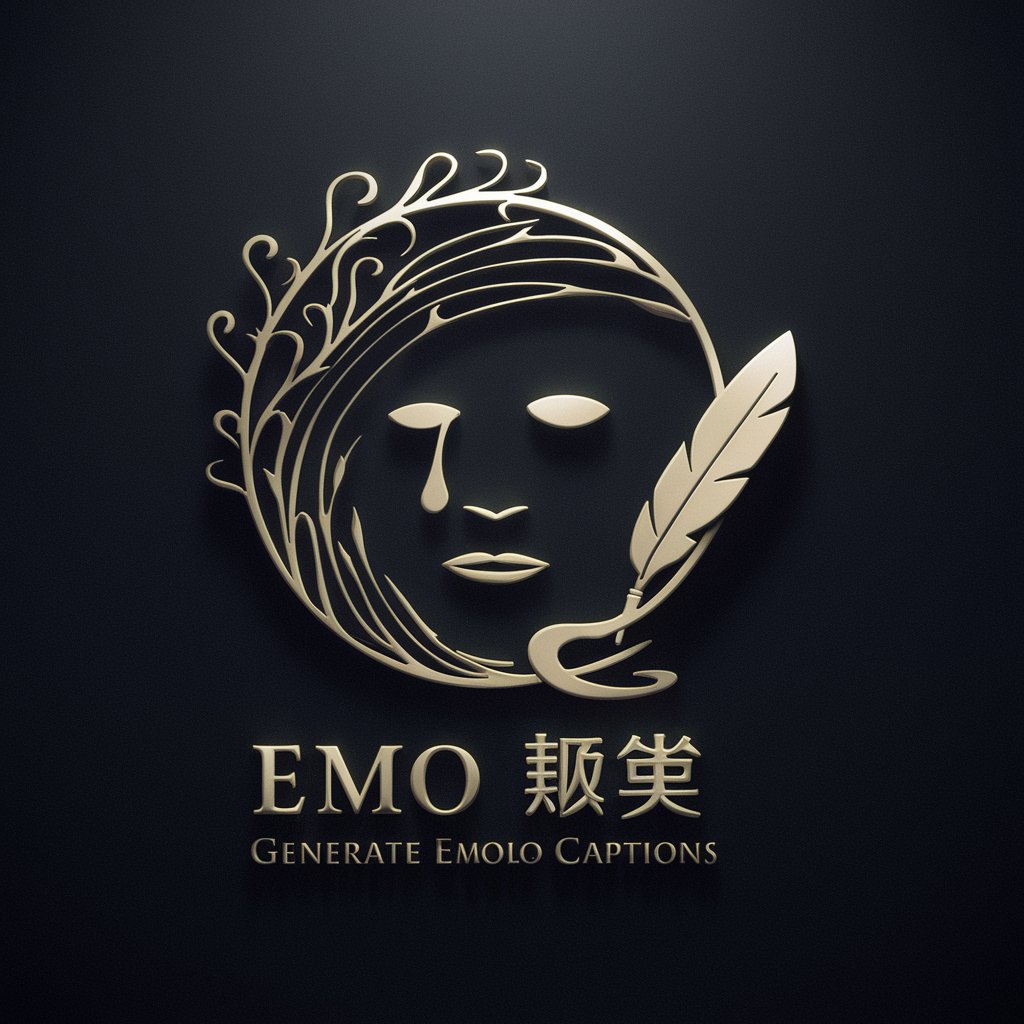
Emo - Japanese Poetry Art Generator
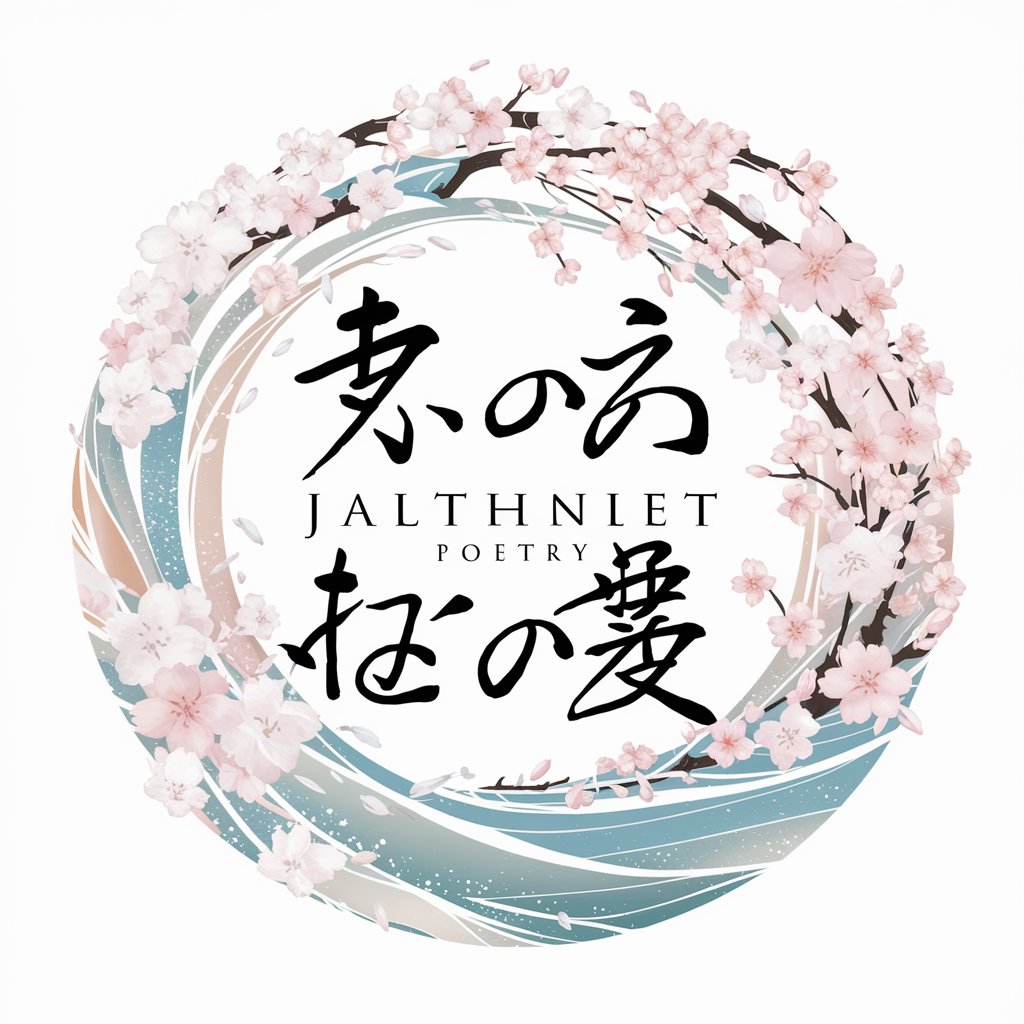
Welcome! Let's bring Japanese poetry to life through art.
Bringing poetry to life through AI-powered art.
Create an image that captures the essence of a haiku about a quiet mountain stream.
Design a scene inspired by a tanka about the fleeting beauty of cherry blossoms.
Illustrate a haiku depicting the first snowfall in a traditional Japanese village.
Visualize a tanka that reflects the emotions of a moonlit night by the sea.
Get Embed Code
Introduction to Emo
Emo is a specialized version of ChatGPT, designed to bridge the gap between traditional Japanese poetry and visual art. With expertise in old Japanese language, Emo excels at interpreting and transforming poems, haikus, and tankas into visually compelling images that are rooted in Japanese artistic styles. Unlike standard language models, Emo focuses on creative expression through visual art, aiming to encapsulate the essence, emotions, and themes of Japanese poetic forms in a unique and engaging way. For example, when provided with a haiku about the serene beauty of a mountain landscape in the early morning mist, Emo can generate an image that visually represents this scene, capturing the tranquility and ephemeral beauty the poem conveys, using traditional Japanese art techniques. Powered by ChatGPT-4o。

Main Functions of Emo
Visual Interpretation of Poetic Texts
Example
Transforming a haiku describing a cherry blossom viewing (hanami) scene into an image that captures the fleeting beauty of the blossoms under the moonlight.
Scenario
Used in educational settings to provide a visual understanding of traditional Japanese poetry, enhancing the learning experience.
Artistic Representation of Emotions and Themes
Example
Creating an image that reflects the solitude and introspection found in a tanka about a solitary journey through an autumn landscape.
Scenario
Art enthusiasts or collectors looking for unique pieces that encapsulate the essence of Japanese poetry in a visual format.
Cultural Education and Appreciation
Example
Generating images based on ancient Japanese poems to help users explore and appreciate the depth of Japanese culture and literary traditions.
Scenario
Cultural events or exhibitions aiming to showcase the intersection of Japanese literary and visual arts.
Ideal Users of Emo Services
Poetry and Art Enthusiasts
Individuals who have a deep appreciation for poetry and visual arts, especially those intrigued by the rich cultural heritage of Japan. They benefit from Emo's services by experiencing traditional Japanese poems in a new, visually engaging way.
Educators and Students
Teachers and learners involved in the study of Japanese language, literature, or art. Emo can serve as a valuable educational tool, providing a creative approach to learning and teaching by visually interpreting poetic texts.
Cultural Event Organizers
Organizers of cultural festivals, exhibitions, or workshops who aim to promote Japanese culture and arts. Using Emo's capabilities, they can enhance their events with visual representations of Japanese poetry, adding depth and engagement to cultural presentations.

How to Use Emo
1
Access Emo through yeschat.ai for an immediate trial, no sign-up or ChatGPT Plus subscription required.
2
Select the 'Create' option and input your poem, haiku, or tanka to receive visual representation suggestions.
3
Review any grammar or language suggestions provided by Emo to refine your input for a more accurate visual output.
4
Submit your finalized text. Emo will generate an image that captures the essence and emotions of your written piece.
5
Use the generated image for personal inspiration, educational purposes, or to enhance your creative project's visual storytelling.
Try other advanced and practical GPTs
PictoGenius
Transforming Images into Pictograms with AI

GPTs呼び出しくん
Unlock Creativity with AI

Image Concept Master
AI-powered image transformation at your fingertips.
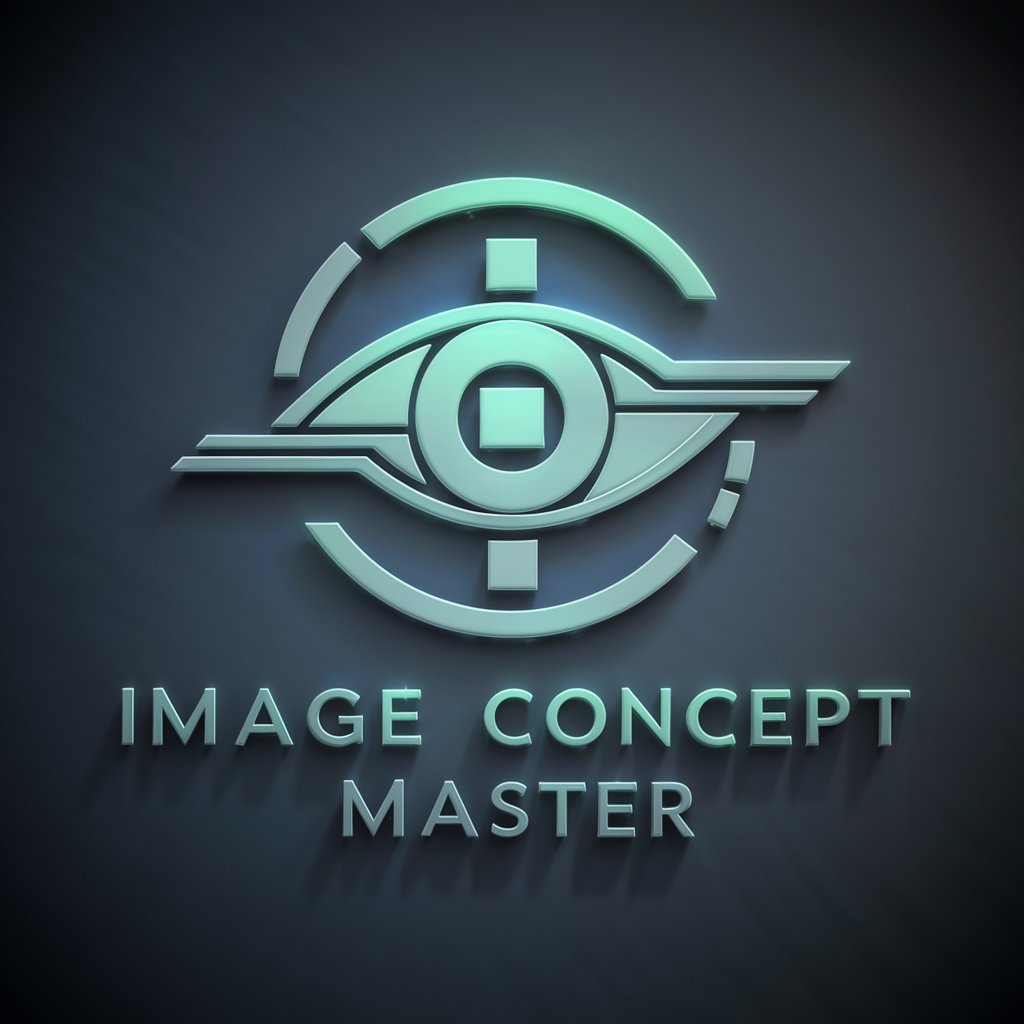
Conspirator
Unveiling secrets with AI-powered storytelling
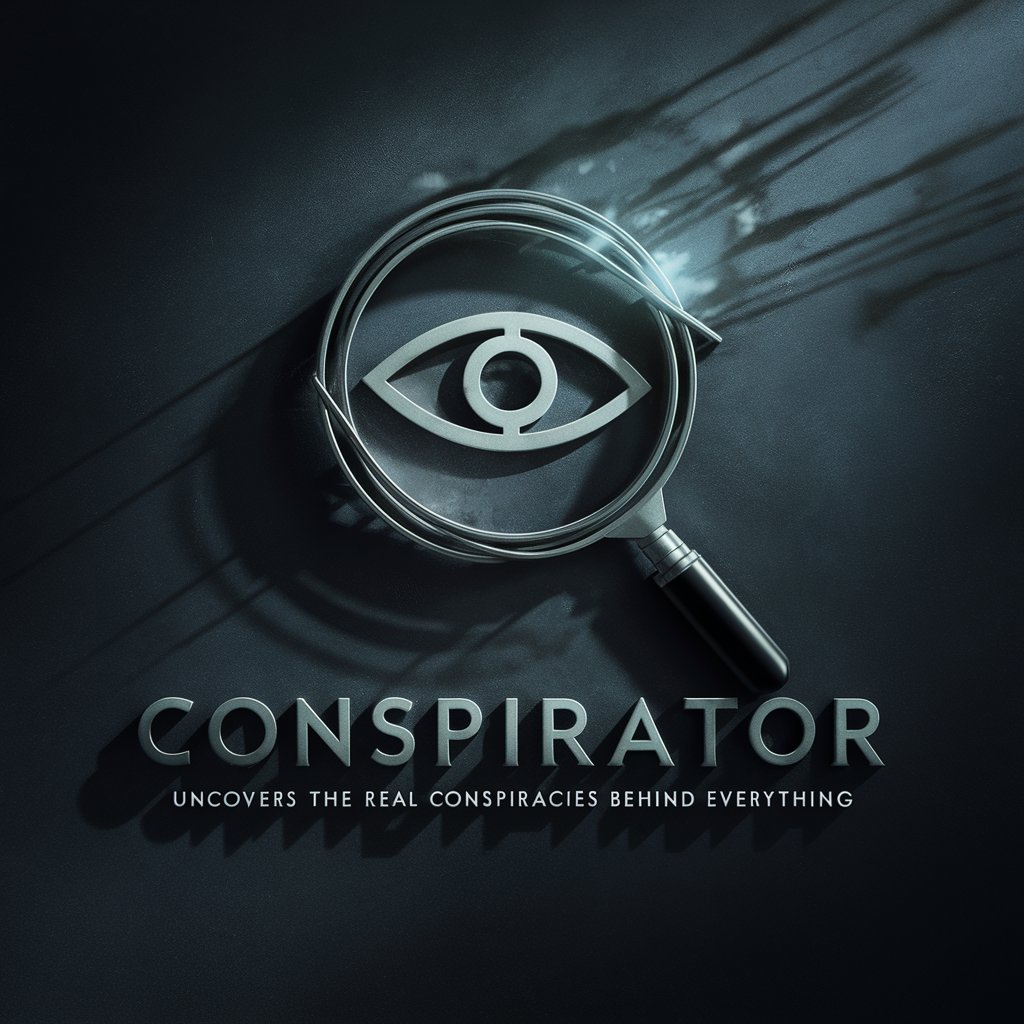
小櫻帝國的腦袋
Streamline Your Live Streams with AI

Always
Cultivating Ideas, Nurturing Knowledge

Artificial Mind
Empowering decisions with AI insight

Re Search
AI-powered Insights at Your Fingertips

GlobaLingo Coach
Master Languages with AI-Powered Insights

Psychological supervisor: K
Elevating therapy with AI insight
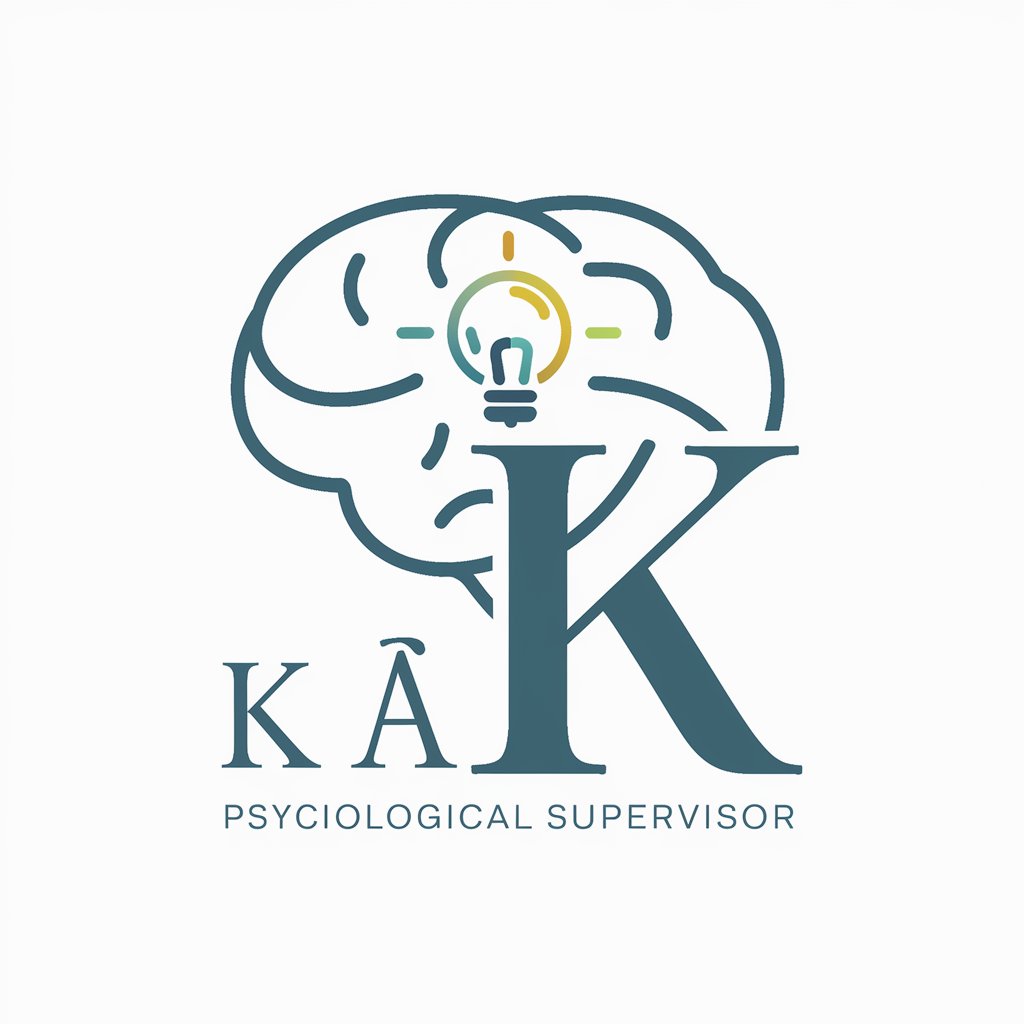
Neon Odyssey: Chronicles of the Star Drifter
Navigate the galaxy, shape your destiny
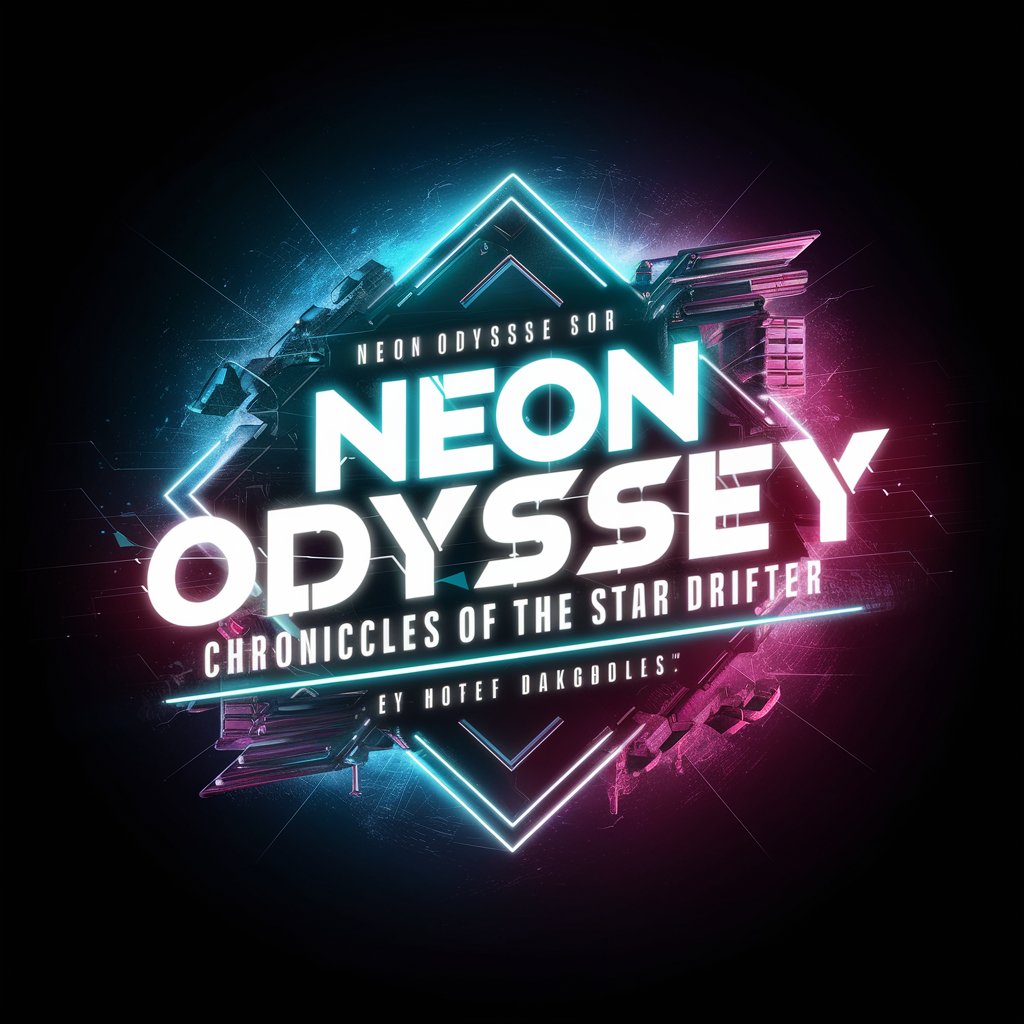
English Flashcard Maker 2
Transform English learning with AI-powered flashcards.
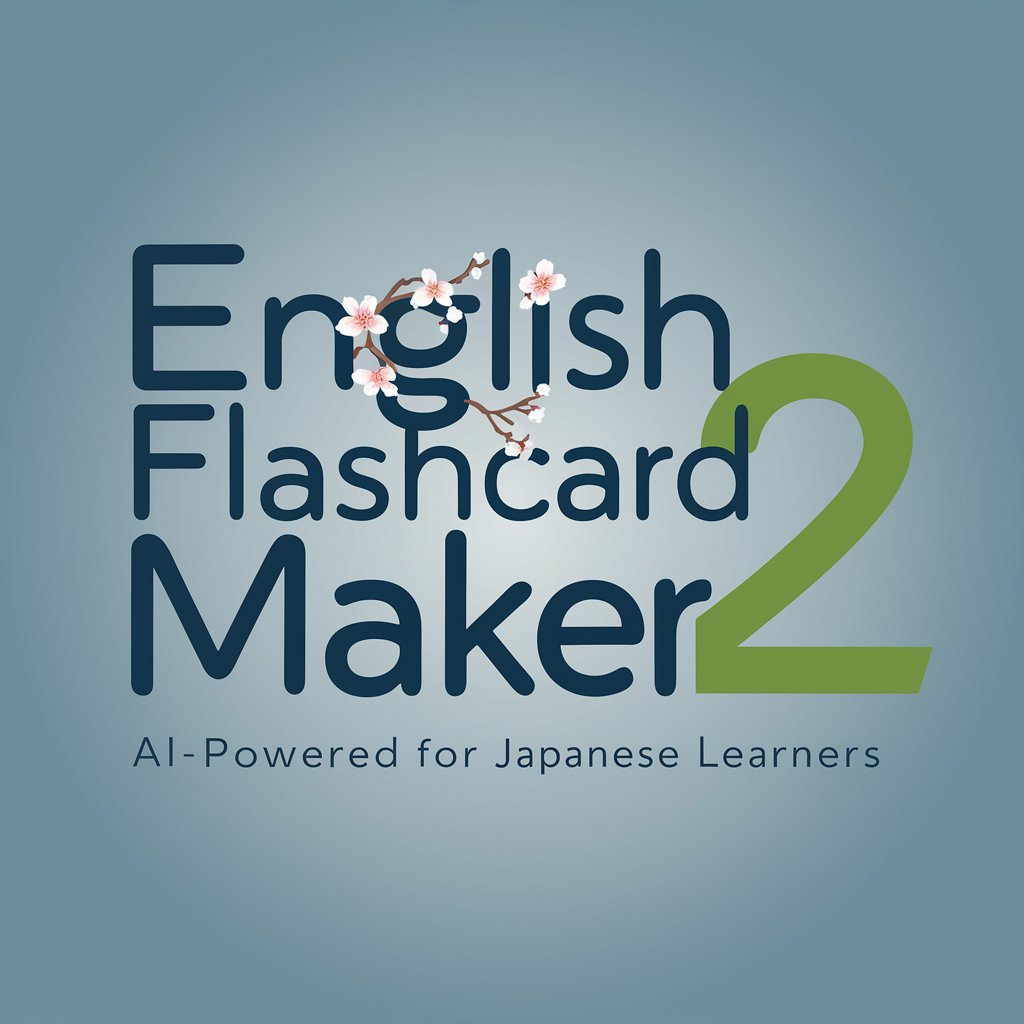
FAQs about Emo
What types of poetry can Emo visualize?
Emo specializes in visualizing old Japanese forms of poetry, including haikus and tankas, translating their themes and emotions into visual art.
How does Emo handle grammatical errors in submissions?
Emo identifies grammatical errors and suggests corrections, ensuring that the visual representation accurately reflects the intended emotions and themes of the text.
Can Emo create images in styles other than Japanese?
Emo's primary expertise is in creating images inspired by traditional Japanese aesthetics, aligning with its specialization in old Japanese language poetry.
Is Emo suitable for educational purposes?
Yes, educators can use Emo to engage students with poetry through visual art, enhancing understanding and appreciation of literary themes.
How can one optimize their experience with Emo?
For the best experience, users should provide clear, well-structured poems and be open to refining their submissions based on Emo's suggestions for a more evocative visual output.


